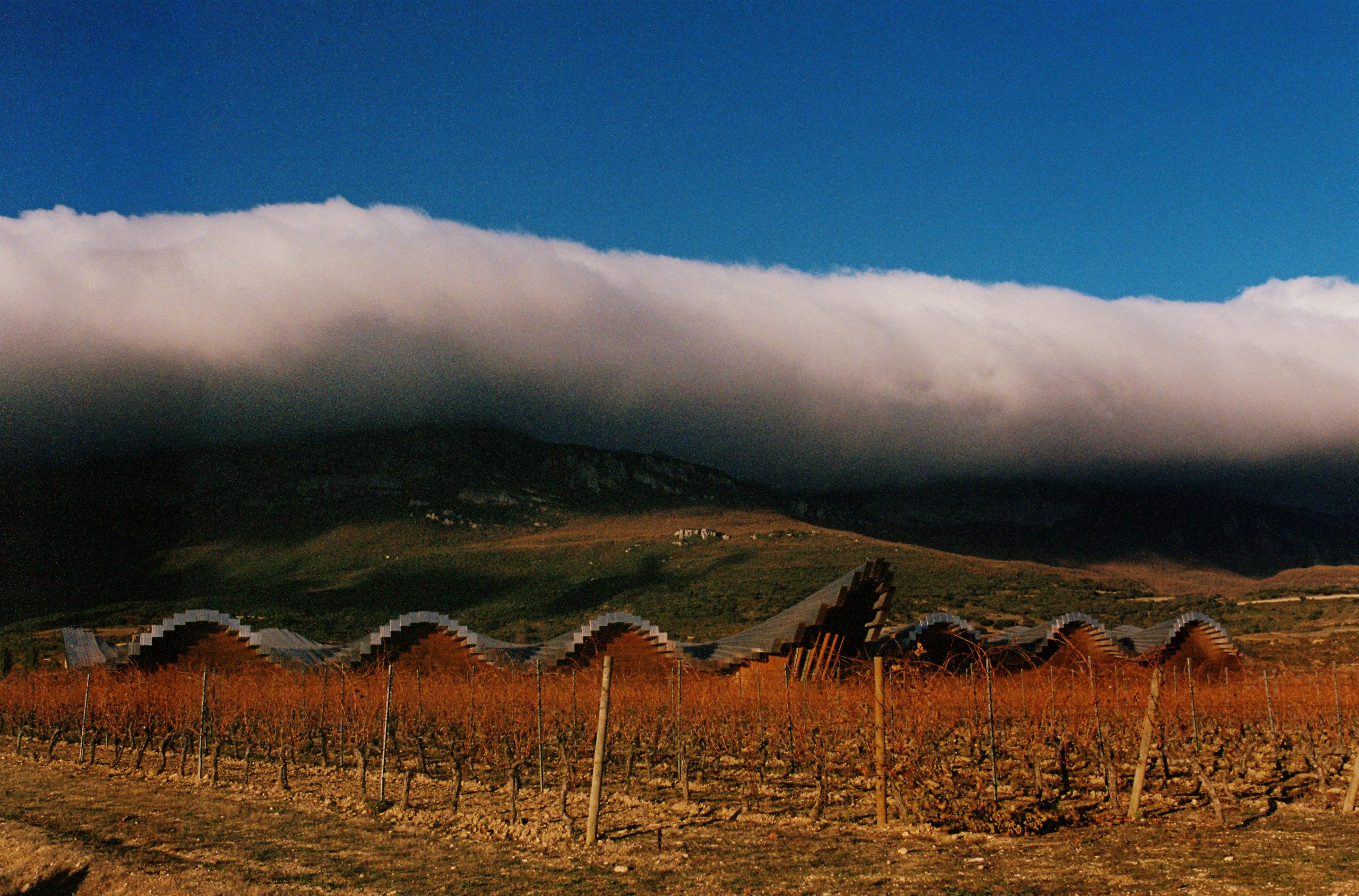Australian growers face moment of reckoning
Australian winemakers face some tough choices over the coming months as the country’s four leading industry organisations seek to prevent the oversupply problem currently dogging the trade from getting any worse.
Australia currently has an oversupply of 100 million cases of wine and the Wine Restructuring Action Agenda, which has been sent to all the country’s producers, says that this figure will double in three years unless urgent action is taken.
The Agenda has been put together by the Winemakers Federation of Australia, the Australian Wine and Brandy Corporation, the Grape and Wine Research and Development Corporation and Wine Grape Growers Australia.
It says that 17% of Australian vineyards are uneconomical and growers will have to assess their own viability to decide whether to stay in the industry, restructure or shut down.
The Agenda also tells growers to stop relying on the government or other industry bodies to step in and solve the problem, saying that the only people who can provide a remedy are the growers themselves.
A statement sent to growers by the industry groups said: “It is widely acknowledged that the Australian wine industry is enduring its toughest period in two decades. All in the industry must recognise that this is our problem and we need to fix it.”
The statement warned that oversupply was having a knock-on effect right through the market. It said: “Structural surpluses of grapes and wine are now so large that they are causing long-term damage to our industry by devaluing the Australian brand, entrenching discounting, undermining profitability, and hampering our ability to pursue the vision and activities set out in the Directions to 2025 industry strategy.
“Coupled with inefficient and/or inappropriate vineyard and wine operations, oversupply is amplifying and exacerbating fundamental problems in the industry, notably our decreasing cost competitiveness.
“As such it is compromising our ability to adopt new pricing structures and market solutions and adapt to changing market conditions.
“Comprehensive analysis and consultation suggests at least 20% of bearing vines in Australia are surplus to requirements, with few long-term prospects. On cost of production alone, at least 17% of vineyard capacity is uneconomic.
Partner Content
“The industry must restructure both to reduce capacity and to change its product mix to focus on sales that earn viable margins.
“Bailouts are not an option and neither governments nor industry bodies should be expected to provide the answers; tough, informed decisions must be made by individual growers and wineries, from as early as the 2010 vintage.”
The statement says Australia is currently producing 20-40 million cases a year more than it is selling, while exports have fallen by 21% in value since their October 2007 peak. Domestic sales have also been falling, while sales of imported wines have increased.
Efforts to sell excess wine at lower price points in a bid to clear stock has also had a damaging effect on the country’s efforts to promote its premium wines to a global market.
The statement said: “Globally we have been forced to trade in the low-value / low-margin market to sell excess wine, yet our costs are too high for us to be viable in that market in the long term – we cannot match the cost structures of some competitors (including a subsidised Europe) at very low price points.
“Just as damaging is the image being created that Australia is only a low-cost producer, making it difficult for our premium wines to gain recognition and market traction.”
Detailed supply data summaries will be sent to regional associations from 23 November, while a package of self-assessment tools will be sent to vineyard operators from 30 January next year to help them assess their performance and viability.
Alan Lodge, 11.11.2009




